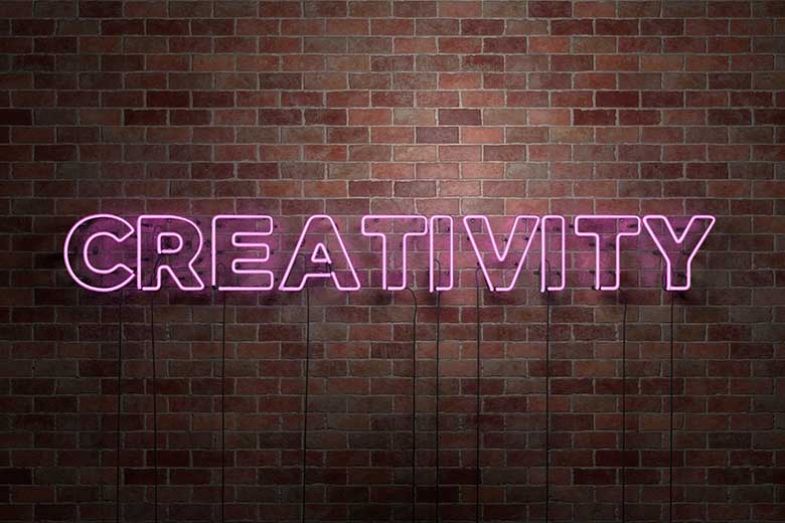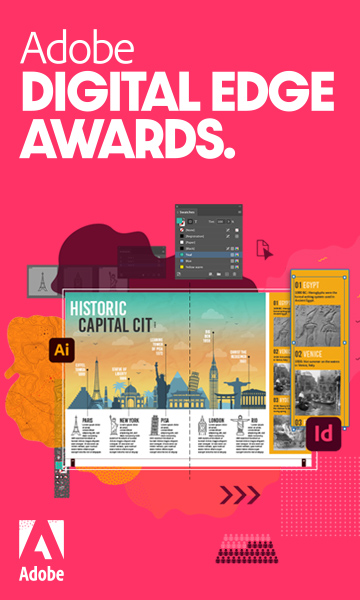
Senior leaders at the Adobe Digital Literacy Forum placed the onus on creative pedagogies and strong leadership when creating programmes for non-digital natives
With much of the 2019 Adobe Digital Literacy Forum’s morning session spent discussing the need for new, innovative pedagogies, it was fitting that the afternoon began with a lesson.
A digital skills workshop, led by former Eliason distinguished professor of English and comparative literature at the University of North Carolina at Chapel Hill Todd Taylor, tasked industry delegates with creating original content relevant to their area of expertise using Adobe Spark – a web publishing tool that enables users to create multimedia stories for web pages and social media.
Many were new to the software, but this was the sort of teaching environment Professor Taylor pioneered when he was director of the first-year writing programme at UNC-Chapel Hill. Spark’s intuitive design, he said, makes classes more inclusive, with less time spent learning the software and more time creating content.
In the subsequent afternoon panel discussion, chaired by Times Higher Education special projects editor Alistair Lawrence, there was a consensus that creative applications could open new pathways for learning and knowledge for non-digital natives. While Jackie Labbe, pro vice-chancellor (academic) at De Montfort University, was unconvinced that Spark was not simply a digital transferal of existing skills – namely of collage – she argued that if staff were sufficiently supported to augment their teaching it could stimulate new thinking in fields where creative skills are not a default priority. “I think it is a really interesting product,” said Professor Labbe. “It certainly can lead pedagogy in new directions. Art and design is a very shared subject...The whole point of it is exhibitory, and so it’s drawing interesting clues and hints from that and putting them into less [typically creative] disciplines.”
Professor Taylor argued by the very nature of this work being created for an audience, it encouraged an entirely different way of thinking. Part of a student’s digital literacy, he said, is an appreciation that work created in the digital space will be consumed by others. This can come as a shock, as Jonathan Shaw, director of the Disruptive Media Learning Lab at Coventry University attested to, when his students learned that work they had created in the open web was being commented on by others outside that academic relationship. “The main thing that arises here is that it is ultimately about writing for an audience, or producing content for an audience,” he said. “The transformative bit is when you build and receive that engagement from an audience. For me the interesting thing about the exercise was less about Spark – in the nicest possible way – and more about how do we write content to maximise those media forms?”
One approach would be to start with the pedagogy and innovation will follow, said Richard Windle, senior lecturer in e-learning at the University of Nottingham’s Faculty of Medicine and Health Sciences. “You have to start there if you want to have any chance of something becoming sustainable,” he said. “I think academics are naturally innovative and curious, and want to try things out. We just have to make sure the systems are there to allow them to do that.”
Because academics are under such pressure, however, there is a bias towards risk aversion. Dr Windle said that, institutionally, there is a fear of failure. To that end, Professor Labbe has set up the Centre for Academic Innovation at De Montfort, where teaching staff collaborate in a laboratory-style classroom to road test new pedagogies. “What you want is for innovation to become mainstream,” said Professor Labbe. “While you want to encourage a culture of risk taking, the institution will only take that so far. Test it out on other colleagues who will also be invested in trying to make it work.” The teaching ideas that have interdisciplinary applications will have the most impact, she added. Professor Taylor agreed. He has seen it before at UNC-Chapel Hill and believed that creating a university-wide digital literacy strategy was a question of uniting leaders who shared the same vision. “Get people together who are pedagogical evangelists,” he said. “Get leaders around the table and then have them start talking about where they want to go, and then build it from there.”
Find out more about Adobe’s solutions for higher education.



























